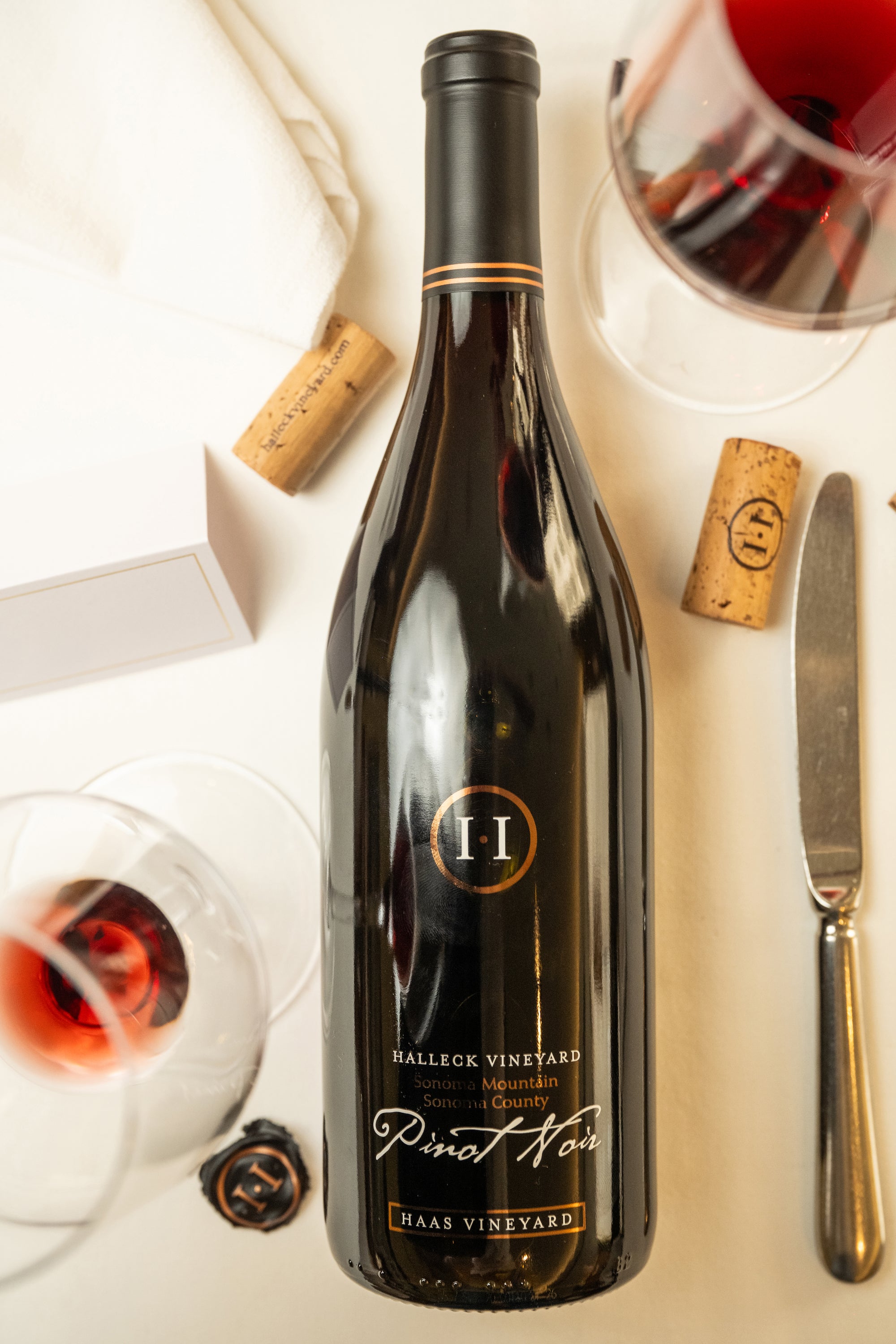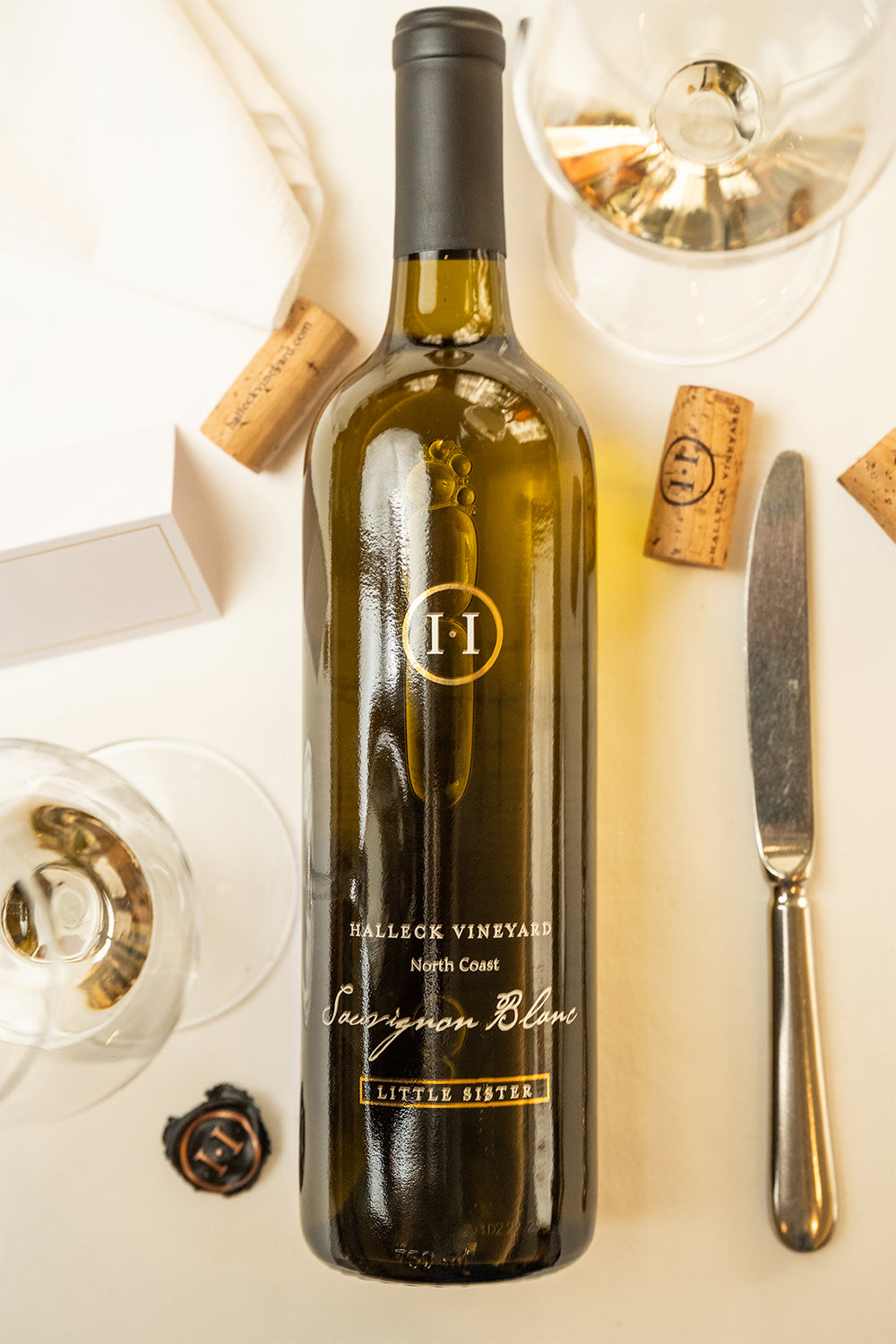Wineries Offering Charcuterie And Wine Pairings - Best Winery Located In Sonoma
Wineries Offering Charcuterie And Wine Pairings - Best Winery Located In Sonoma
Blog Article
Wineries Ideal For Large Groups - Sebastopol Winery Experience
Wine tasting is an art that combines sensory experience with an appreciation for the nuances of various varietals. How to judge flavors in winery wine tasting sessions is pivotal to greedy the complexities of wine.
Partaking in a wine tasting includes more than merely sipping and savoring. It requires a focused strategy to identify aromas and flavors that every wine presents. As you start, observe the wine's look, noting its shade and clarity. These visible cues usually counsel a wine’s age, grape selection, and even potential flavor profiles.
The next step in the tasting process is to swirl the wine in your glass. This motion releases aromatic compounds that are very important for analysis. Lean in and take a moment to inhale deeply; the aromas can vary from floral and fruity to spicy and earthy. The nose of the wine is simply as important because the palate, and recognizing scents plays a significant function in understanding the overall experience.
When taking your first sip, permit the wine to maneuver throughout your palate - Upcoming Wine Festivals In Sonoma County. Discover the initial flavors that current themselves. Is the wine fruity, floral, or maybe herbaceous? This preliminary style gives perception into what the wine is likely to specific as you proceed to evaluate it. The mouthfeel also contributes to the general flavor experience; it can be silky, tannic, and even effervescent.
Wineries Known For Their Beautiful Gardens - A Winery In The Sonoma Valley To Discover
As you proceed tasting, take note of the wine’s balance. A well-balanced wine will harmonize acidity, sweetness, and tannins. If one component overwhelms the others, it'd point out a much less fascinating high quality. Evaluating steadiness can help you identify how properly the wine might pair with food.
Transitioning to the finish, think about how the flavors evolve because the wine lingers in your palate. A long, pleasant finish can indicate a high-quality wine, while a short or abrupt end may suggest otherwise. Reflect on whether the flavors remain consistent or if new notes emerge as the wine settles. This development can reveal complexities and intricacies which may not have been apparent within the initial tasting.
Temperature is also a vital factor in evaluating wine flavors. Completely Different forms of wine are optimally loved at specific temperatures. White wines typically shine when chilled, whereas pink wines typically perform best at room temperature. When tasting, ensure the wine is at the appropriate temperature to fully recognize its character.
Wineries With Estate-Grown Grapes - Sebastopol Winery Experience
Pairing food with wine can significantly improve the tasting experience. Foods can affect the notion of flavors in wine, both highlighting certain traits or diminishing them. When evaluating flavors, consider how the wine interacts with totally different foods, noticing which flavors are amplified or muted (Wineries With A Focus On Syrah).

Contemplate the influence of terroir as you have interaction in a winery tasting. Terroir encompasses the unique environmental components that affect grape rising, including soil composition, climate, and geography. Understanding a wine's terroir can provide insight into its flavors and aromas, fostering a deeper appreciation for the alternatives made during its cultivation and manufacturing.
Training plays a fundamental role in enhancing one's capability to gauge wine flavors. Studying about grape varieties, wine regions, and manufacturing strategies can pave the means in which for extra knowledgeable judgments throughout tastings. Additionally, attending workshops or classes can refine sensory skills and increase your flavor vocabulary, enabling you to articulate tasting notes more effectively.
Finally, it's important to remember that evaluating wine flavors is a extremely personal experience. Individual preferences and perceptions will invariably shape one’s tasting journey. Enjoyment should be on the forefront, with the evaluation course of appearing as a tool to reinforce understanding and appreciation quite than create inflexible pointers.
Wineries With Beautiful Architecture - Wine Tasting In Sonoma County
In conclusion, mastering the method to consider flavors in winery wine tasting classes involves a mix of sensory engagement, data, and wineries that offer dog friendly areas practice. By studying to establish aromas, assess the balance, and recognize the intricacies of flavor, wine enthusiasts can deepen their connection to each bottle they encounter. As with any art type, the extra one immerses themselves within the experience, the extra they may uncover and enjoy the vast world of wine.
- Start by observing the wine's colour and readability, as these visible elements can hint at its flavor profile and growing older potential.
- Swirl the wine gently in your glass; this releases fragrant compounds, allowing you to raised establish the complicated scents related to the wine.
- Take a deep inhale before tasting, specializing in both primary and secondary aromas to collect insights on fruits, spices, and different nuances.
- When tasting, permit the wine to coat your palate; note the preliminary flavors, the mid-palate complexity, and the finish as these levels can present different flavor highlights.
- Pay attention to texture and mouthfeel, as features such as tannin ranges, acidity, and sweetness contribute considerably to the overall tasting experience.
- Examine flavors towards normal wine characteristics; for pink wines, think about berry notes, oak influence, and natural tones, whereas whites could embody citrus, stone fruits, and floral hints.
- Take notes in the course of the tasting session to track your impressions, helping you to remember and consider the completely different wines sampled.
- Focus On your findings with fellow tasters or winery employees, as sharing insights can enhance understanding and appreciation of particular person flavors.
- Permit time for the wine to breathe; generally, flavors evolve and reveal new dimensions after being uncovered to air.
- Experiment with food pairings in the course of the tasting as they'll dramatically alter how flavors are perceived, influencing general enjoyment.undefinedWhat should I search for when evaluating the aroma of wine throughout a tasting?
Start by swirling the wine in your glass to launch its aromas. Convey the glass to your nostril and take a deep breath. Pay consideration to the first scents you detect, as these are sometimes essentially the most outstanding. Look for fruit, floral, herbal, or earthy notes and try to establish specific characteristics, which can deepen your understanding of the wine's complexity.
Wineries With Estate-Grown Grapes - Sonoma's Finest Wineries

How can I distinguish between different flavor profiles in wine?
Perceive that flavor profiles are sometimes categorized as fruit, floral, herbaceous, spicy, or mineral. Take small sips and permit the wine to coat your palate. Discover the first flavors that emerge first and the delicate notes that observe. This layering is essential in distinguishing the wine's characteristics and will allow you to appreciate its distinctive profile.
Wineries With Outdoor Seating - Sonoma Wine Tastings
What is the importance of the wine's texture in a tasting?
The texture of the wine, also called mouthfeel, plays a crucial position in how we perceive flavors. Pay consideration as to if the wine feels easy, creamy, or gritty. The body of the wine (light, medium, or full) can improve or distinction with flavors, providing a extra rounded experience throughout tasting.
How do I assess the steadiness of flavors in wine?
Balance in wine refers to the harmony between acidity, sweetness, tannin, and alcohol. Take a moment to evaluate whether or not these components complement or intervene with each other. A well-balanced wine will have none of its parts overpowering the others, creating a nice tasting experience.
Wineries Showcasing Local Art And Crafts - Enjoying Wine In Sebastopol
What function does temperature play in evaluating wine flavors?
Temperature can significantly impact the notion of flavors. Typically, anchor red wines are greatest served slightly under room temperature, whereas white wines get pleasure from being chilled. As the temperature adjustments, the aromas and flavors can shift, allowing you to perceive totally different traits. It’s essential to taste wine at its optimum temperature for true evaluation.
Wineries Offering Educational Wine Seminars - Sonoma’s Lush Vineyard Landscapes
How can I improve my tasting skills over time?
Practice is essential to enhancing your tasting skills. Wineries Specializing In Sparkling Wines. Attend tastings, keep a journal of your experiences, and explore various varieties of wines to broaden your palate. Moreover, studying about wine production and grape varieties can provide context that enhances your analysis process, making you a more informed taster.
Is there a selected order during which I should taste the wines?
Wineries In Dry Creek Valley - Sonoma Wine Country Wineries To Explore
Sure, it’s advisable to style wines from light to full-bodied and dry to candy. This development prevents the stronger flavors from overshadowing the more delicate ones, allowing you to totally recognize every wine's characteristics and nuances with out palate fatigue.
How can I consider the aftertaste of wine?
Wineries That Offer Food Trucks On Weekends - Discovering Sonoma Area Wineries
The aftertaste, or end, is a crucial aspect of the wine-tasting experience. After swallowing, take note of how lengthy the flavors linger on your palate and whether or not they change. A lengthy, pleasant finish is commonly an indicator of a high-quality wine, while a short or disagreeable end may suggest otherwise.
Why is it necessary to note the wine’s acidity during tasting?
Acidity contributes to the overall freshness and construction of the wine. Pay attention to the tingling sensation on your tongue; larger acidity can improve the wine's liveliness and steadiness out sweetness. Noting acidity helps decide the wine's versatility with food and its aging potential.
What should I do if I struggle to determine specific flavors in wine?
Wineries With Artisan Chocolate Pairings In Sonoma - Sebastopol Vineyard Experiences
Struggling to determine flavors is frequent, particularly for beginners. Focus on broader categories and describe what you'll be able to recognize, similar to sweet or earthy notes. With practice, reading about different flavor profiles, and perhaps utilizing flavor wheels, you'll refine your senses and develop a extra nuanced method to tasting. Report this page